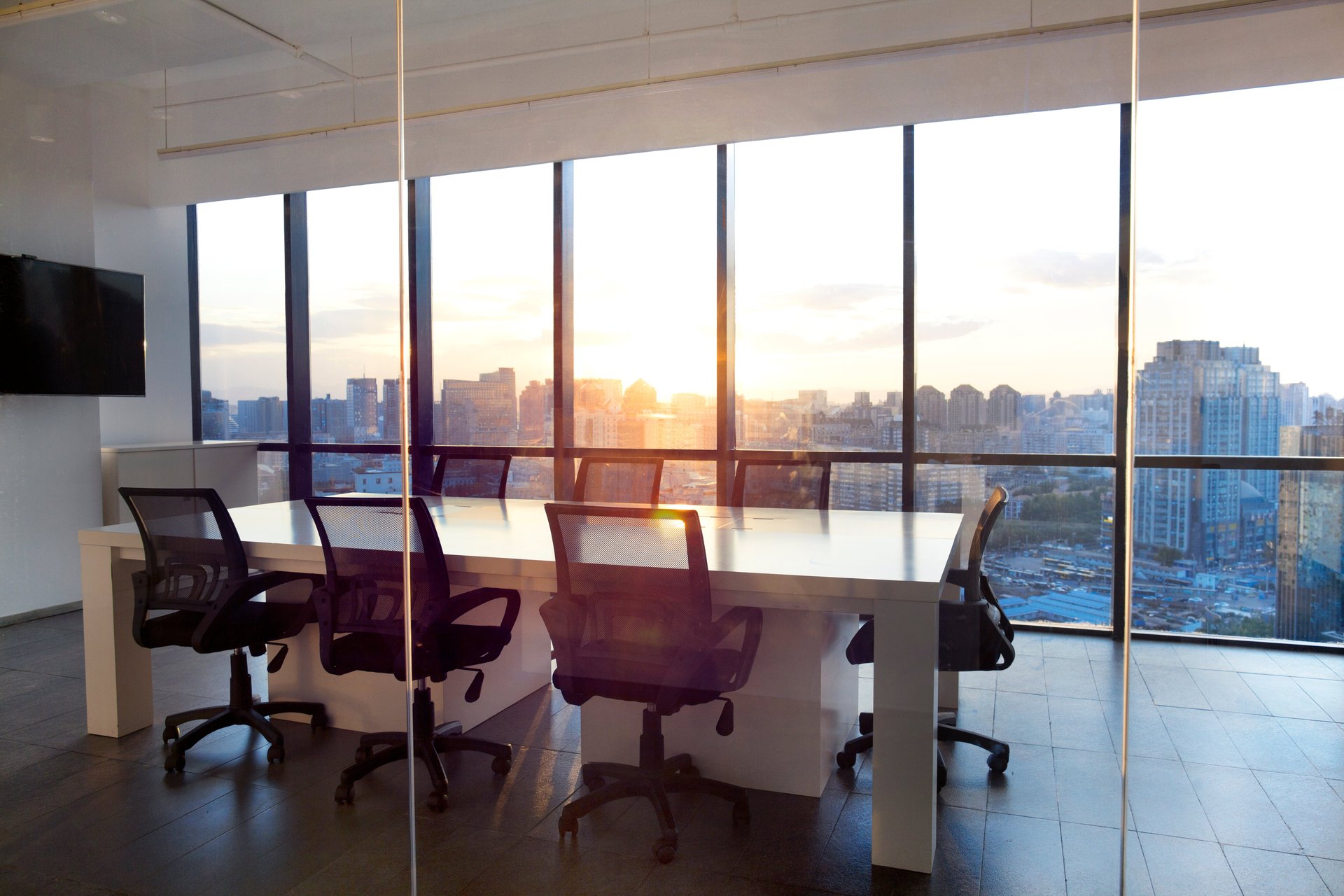Businesses are betting on amenities to boost their return-to-office push
Companies are moving from older office spaces into new, "highly amenitized" buildings, new research shows

To lure workers back to the office, companies are looking for buildings that feature attractive amenities and are located in vibrant, buzzy neighborhoods.
Suggested Reading
Recent research from real estate services firm Jones Lang LaSalle (JLL) found that more than 80% of U.S. markets have seen record office lease rates over the past three years, often in buildings that have at least one attractive amenity. These include design-first office spaces, offices within a block of major transit stations, those located in mixed-use areas, and high-rise spaces.
Related Content
“Highly amenitized” and well-located offices, as JLL describes them, have benefited from the large share of companies that inhabited older office spaces and are looking for an upgrade. While these trends didn’t start with the pandemic, the push to return to in-person work in 2021 and onwards made these spaces a way to lure workers back to the office.
“These were trends that we were beginning to see take form over 2017-2019 as well, and it really had a lot to do at that time with the labor market, and how tight it was by historical standards,” said Jacob Rowden, a research manager at JLL.
“One way that companies were seeking to gain an edge there was to offer these highly amenitized and energized office spaces for new employees to want to go into,” he said. “That was really the driver leading up to the pandemic, but then the pandemic introduced a few additional elements that intensified that trend.”
Namely, the pandemic has boosted the popularity of spaces that will drive employee engagement and a “magnet effect,” as well as those that will recreate the benefits of working from home, Rowden said. These include activity-based designs — say, those that consider collaboration rooms, private call booths, and focused library or lounge areas — and dedicated dining and entertainment options.
New office moves
That’s evident in the types of buildings companies are moving towards — and namely, they’re newer. Offices built since 2015 have seen a net absorption, or the change in total occupied space across the office market, of 130 million square feet.
Available space in offices that are less than 10 years old has fallen more than 14% since the end of 2022, with just 86 million square feet available nationally — less than the amount of new space that was available on the market in 2019, despite national vacancy rates rising substantially from that time.
But there just isn’t enough new office space to keep up with the demand for these amenities. JLL found that “demand for upgraded and amenitized office space has begun to exceed a very limited supply, compounded by the absence of a meaningful development pipeline in recent quarters.”
Where are we on RTO?
Since the pandemic, the return to office — at least for a few days out of the week — has gained momentum. With some companies mandating attendance, 90% of Fortune 100 employees work at hybrid or fully in-office employers, while only 1.4% work at fully remote companies, according to JLL. Of the Fortune 100 companies, the average weekly attendance requirement is now roughly 3 days.
Overall, vacancies appear to have normalized to levels seen in the years leading up to the pandemic, JLL found. In the first quarter of 2024, 13.5% of buildings had vacancies — up only slightly from 12.7% in the previous quarter and in line with the share of buildings that lost occupancy in 2018 and 2019.
Notably, vacancy rates are concentrated in buildings that are in need of conversion or redevelopment: Just 10% of office buildings in the U.S. comprise more than 60% of vacant office space, and 30% of buildings comprise more than 90%, according to JLL.
